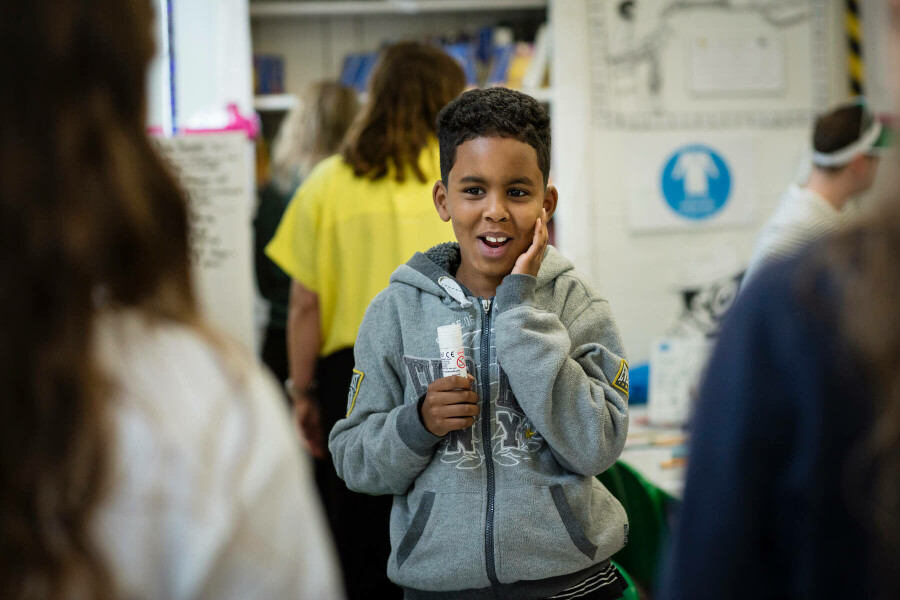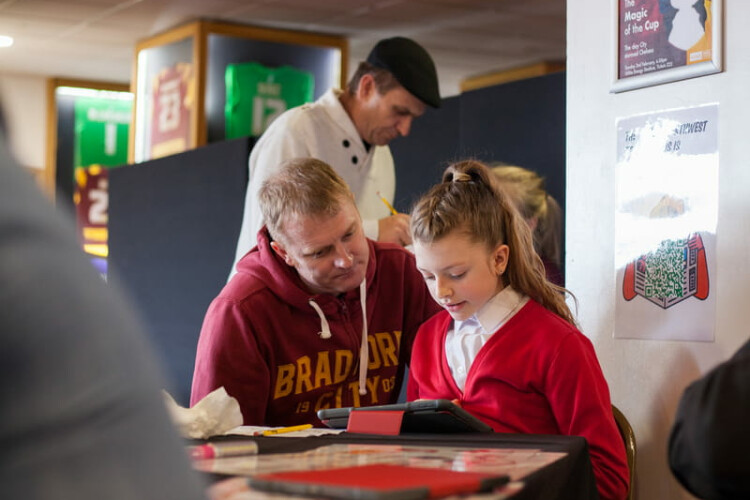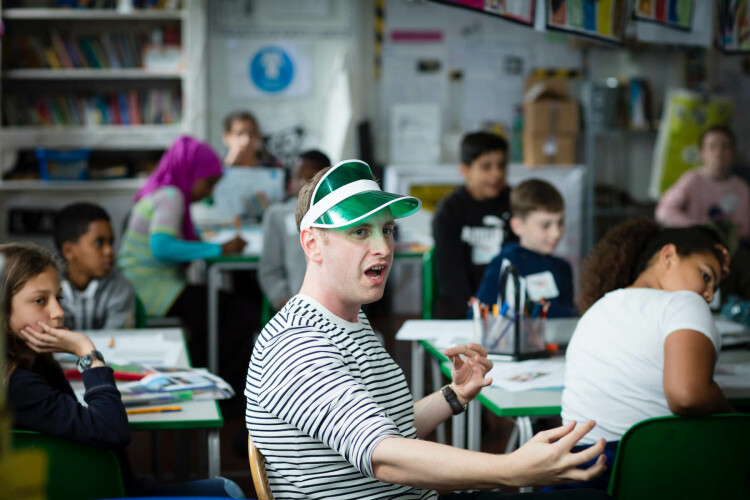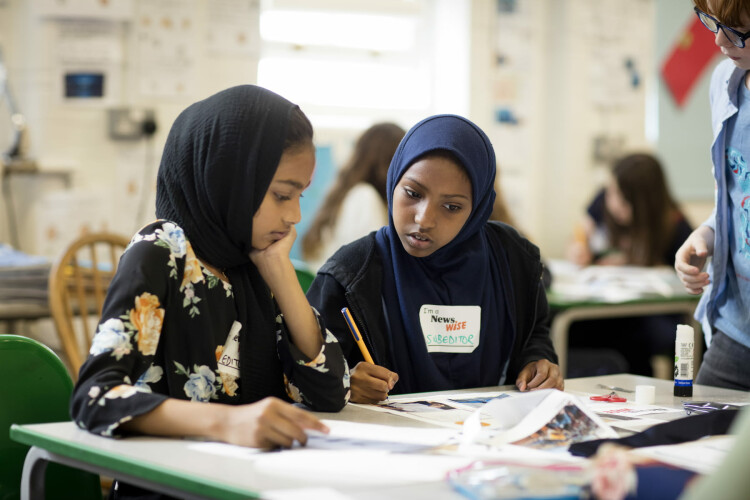Setting up for the project
Roles in a newsroom
The Happy News Project gives pupils the opportunity to have a go at the various roles in a newsroom to work together to produce their news report. These suggested roles give pupils more responsibility:
Desk editor: acts as team leader and makes the final decisions, including which story to report.
Reporter: researches key facts for the story and/or conducts interviews.
Subeditor: proofreads the report, checking for grammar, spelling and punctuation errors - as well as checking the facts! Subeditors also write the headline.
Picture editor: selects the most interesting and appropriate pictures to use in the report. They can also write the captions.






